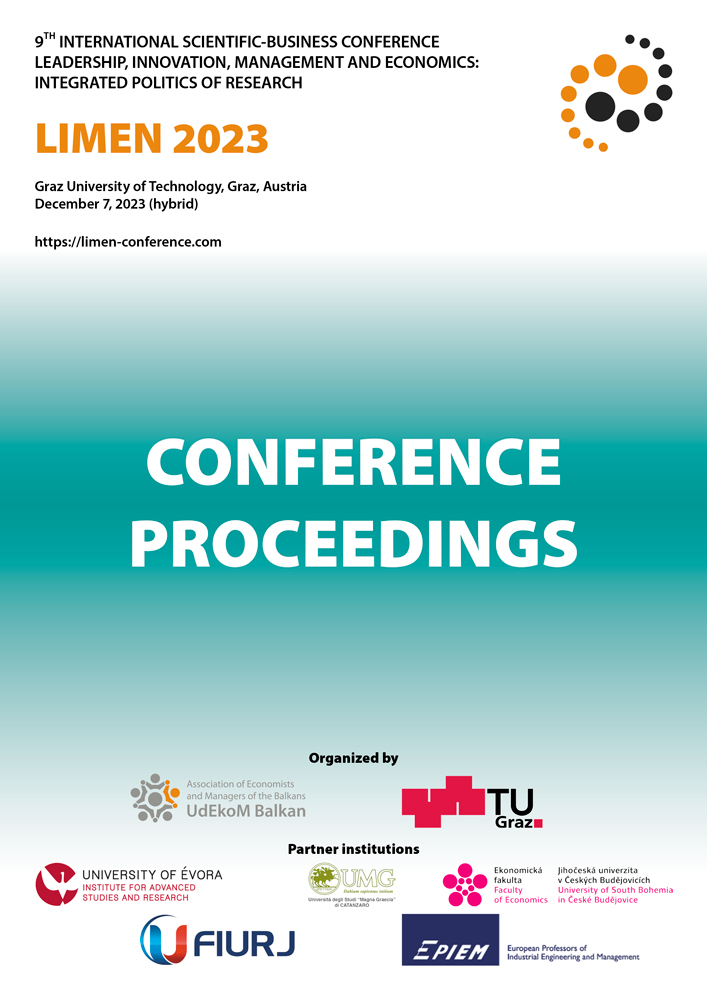Integrated Urban Waste Management (Case study, Vlora Municipality)
Integrated Urban Waste Management (Case study, Vlora Municipality)
Author(s): Amali Cipi
Subject(s): Social Sciences
Published by: Udruženje ekonomista i menadžera Balkana
Keywords: Integrated management; Urban waste; Population growth; Development; Environment
Summary/Abstract: Urban waste management is the main and most problematic part of the cleaning service, which has become one of the sharpest problems to be addressed by local government bodies in Albania (Kodra & Milios, 2013). Population growth, tourism development, business development such as restaurants, markets, bars, economic growth and improvement of living standards have increased consumption rates and consequently the rate and volume of urban waste generation. Inadequate waste management has turned it into a source of environmental pollution and disease. In Albania, a small part of the waste is recycled, a little is buried and in most cases, it is deposited in certain landfills, which do not meet the appropriate engineering requirements for environmental protection and are subject to frequent fires. Burning urban waste or dumping it on the banks of rivers and streams has become the biggest ‘gangrene’ of environmental pollution and results in a high level of air pollution, but also poisons the soil and the groundwater that flows near these landfills (Alcani & Dorri, 2013). The situation is further aggravated by the fact that hazardous waste from the industrial sector is dumped in the same places as urban waste and treated in the same way.
- Page Range: 381-389
- Page Count: 10
- Publication Year: 2023
- Language: English
- Content File-PDF

